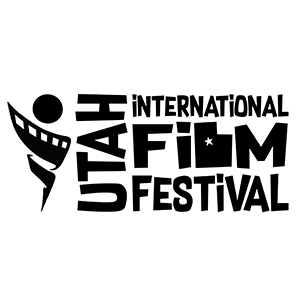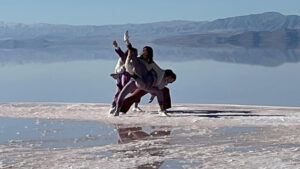How Great Movie Directors Create Suspense

Suspense is one of the most potent tools in a filmmaker’s arsenal. It keeps audiences on the edge of their seats, intensifies emotional engagement, and can make an otherwise straightforward scene unforgettable. Great movie directors understand the art of suspense, and in this top 10 tip list, we will explore how they masterfully create and maintain tension throughout their films.
1. Meticulous Scriptwriting
The foundation of suspense in film lies in the script. Great directors work closely with screenwriters to craft a tight, suspenseful narrative. They carefully structure the story, pacing revelations and information strategically to keep the audience guessing. The script serves as the blueprint for the entire film’s suspenseful journey.
2. Clever Camera Work
The visual language of cinema is a powerful tool for building suspense. Directors use a variety of camera techniques to create tension. For example, a slow, creeping zoom or a tight close-up on a character’s face can heighten suspense during crucial moments. The choice of camera angles, movement, and framing is deliberate and designed to manipulate the audience’s emotions.
3. Masterful Editing
Editing plays a pivotal role in suspense. Directors work closely with editors to control the timing and rhythm of scenes. Quick cuts, jump cuts, and cross-cutting between different storylines can all intensify suspense. Additionally, directors use editing to withhold or reveal information strategically, keeping the audience in suspenseful anticipation.
4. Effective Sound Design
Sound is an often underestimated aspect of suspense in film. A great director pays meticulous attention to sound design, using it to build tension. Elements like ominous music, sudden silence, or well-placed sound effects can have a profound impact on the audience’s emotional state. A subtle change in audio can signal impending danger or create an eerie atmosphere.
5. Engaging Performances
Actors are key to conveying suspense on screen. Great directors work closely with their cast to ensure authentic and engaging performances. They guide actors to convey fear, anxiety, and uncertainty effectively. The subtleties in facial expressions, body language, and vocal tone all contribute to the overall suspense of a scene.
6. Strategic Use of Lighting
Lighting is another powerful tool at the director’s disposal. The interplay of light and shadow can evoke suspense by obscuring or revealing critical details. Directors use techniques like low-key lighting to create a sense of mystery and uncertainty. The contrast between light and dark adds depth to the visual storytelling.
7. Building Character Empathy
To heighten suspense, great directors ensure that the audience cares deeply about the characters. When viewers are emotionally invested in the fate of the characters, every perilous situation becomes more suspenseful. Directors craft characters with depth, relatability, and vulnerabilities that resonate with the audience.
8. The Art of Misdirection
Misdirection is a classic technique used by directors to create suspense. They lead the audience’s attention in one direction while the real threat or revelation lurks elsewhere. This element of surprise keeps viewers engaged and wondering what will happen next.
9. Gradual Revelation
Directors understand that revealing too much too soon can deflate suspense. They carefully control the release of information, providing just enough to keep the audience intrigued. This gradual revelation of crucial details maintains a sense of mystery and anticipation.
10. Unpredictability and Subversion
Great directors are not afraid to subvert audience expectations. They introduce unexpected twists and turns, defying conventional storytelling. This unpredictability keeps the audience guessing and amplifies suspense. It’s the element of surprise that often makes suspenseful moments unforgettable.
Creating suspense in film is a delicate and intricate art that requires a deep understanding of storytelling, visual language, and audience psychology. Great movie directors excel in orchestrating all these elements to craft suspenseful cinematic experiences. From scriptwriting to camera work, sound design, and character development, every aspect of filmmaking is carefully orchestrated to keep the audience engaged and enthralled. So, the next time you find yourself on the edge of your seat during a suspenseful movie, take a moment to appreciate the masterful craftsmanship of the director behind the scenes.




